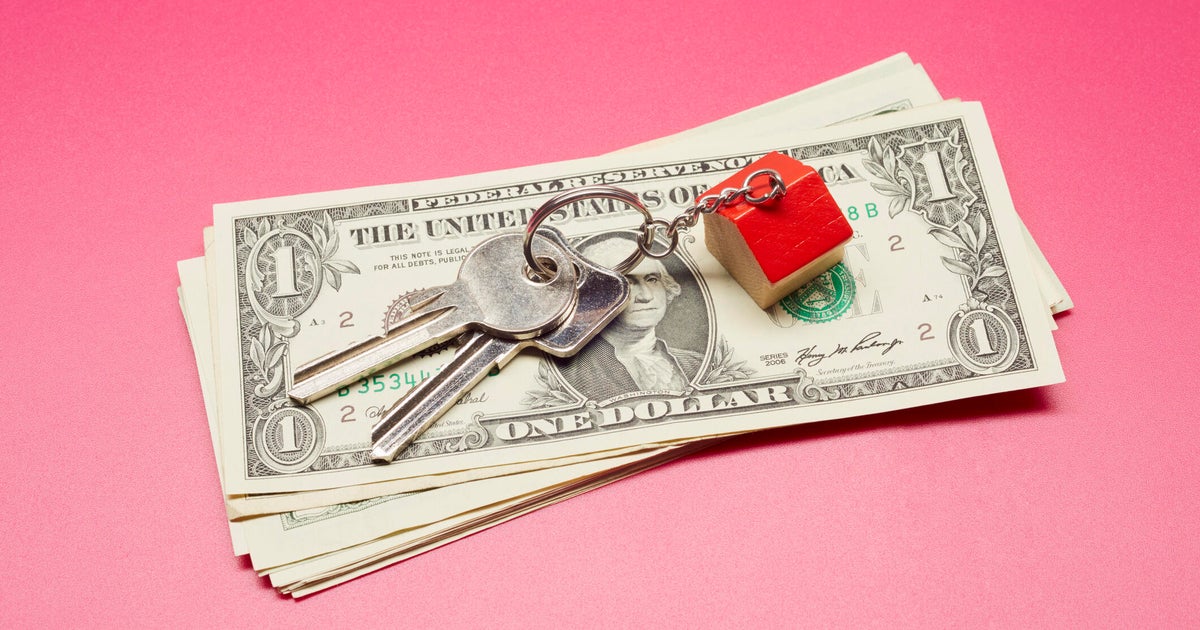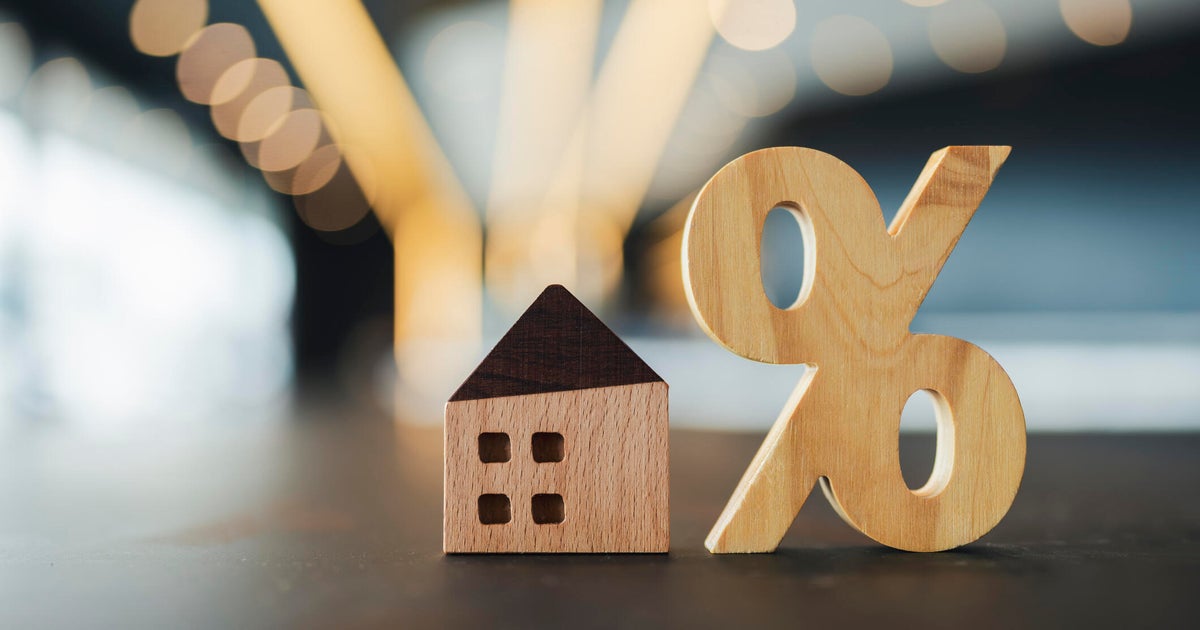How does mortgage amortization work?
Most people aren't able to buy a home in cash. Instead, they borrow money from a bank in the form of a mortgage loan. Of course, no bank lets you borrow money for free. You'll be charged interest, with a rate determined by factors that include the current interest rate environment, the lender and your personal credit history.
Mortgages are complex instruments that use a process called amortization to allow borrowers to pay a consistent rate across the entirety of their loan, which is generally between 15 and 30 years. But mortgage amortization is a somewhat obscure concept to most people, including most mortgage holders.
Understanding how it works before you start shopping for a mortgage, thought can help you get a better idea of exactly where your money is going and why.
Get started here. Start shopping for a mortgage today.
How does mortgage amortization work?
Understanding how amortization works will make you a more conscious shopper when considering mortgages and offer the information you need to think deeply about your finances as a whole.
Mortgage basics
It helps to first understand exactly what a mortgage is and how it works. A mortgage is a loan from a bank used to buy a home, and these loans generally fall into one of two categories: fixed-rate or adjustable.
A fixed-rate mortgage means you lock in your interest rate when you buy your home, which stays the rate for the entirety of your loan. Assuming you don't refinance or sell your home, you'll make the same payment every month for the entirety of your mortgage.
An adjustable-rate mortgage (ARM), on the other hand, has an interest rate that changes on a set schedule. An ARM normally starts with a fixed rate for a set period, which is followed by potential rate adjustments on a set schedule.
You'll normally see an ARM loan with two numbers. The first tells you the set rate period, and the second the schedule for rate changes. For instance, a 5/1 ARM has a set rate period of five years, and then the rate can be adjusted once a year.
Start comparing mortgage rights right now.
Amortization basics
Amortization describes what you're paying when you make your payment to the mortgage company each month.
"Amortization allows for the borrower to have a fixed payment over that time period," says Bill Banfield, executive vice president of capital markets at Rocket Mortgage. "What it doesn't do is have an equal amount of principal and interest."
With an amortized loan schedule, your loan payments go primarily toward interest for the first several years of your loan, leaving the principal mostly untouched. Over time, more of your payment each month goes toward the principal, which continues until the loan is completely paid off.
The amount of interest and principal you pay each month is determined using a complex formula. Here's how it works:
Principal Payment = Total Monthly Payment - (Outstanding Loan Balance X (Interest Rate/12 Months))
There are also a number of calculators available online that will allow you to figure out exactly how your mortgage amortization schedule works.
Keep in mind that your payment will still vary if you have an ARM, as the interest rate can change over time.
How early payments can help
If you want to pay back your mortgage early and save on interest, you can make early payments on your principal. One way to do this is to set up a schedule that Banfield described as "an old-fashioned option" — making mortgage payments every two weeks.
"The nice thing about doing it biweekly, it's actually 26 payments a year. You have the ability to pay additional principal," Banfield says.
Paying off additional principal throughout your loan means that you'll actually pay off your loan before your 30-year loan term is over, and that there will be less money in the loan racking up interest.
This option is especially attractive if you have a high mortgage interest rate, like the ones being offered right now. If you bought your house during a lower-rate period, you may be better off putting that money into the market or in a high-yield savings account.
The bottom line
Mortgage amortization is a process used to make sure borrowers have consistent payments across the life of their loan, assuming you use a fixed-rate mortgage. With ARMs, the payment will fluctuate based on rate adjustments. It's a somewhat tricky process, but worth understanding if you're planning to buy a home.






